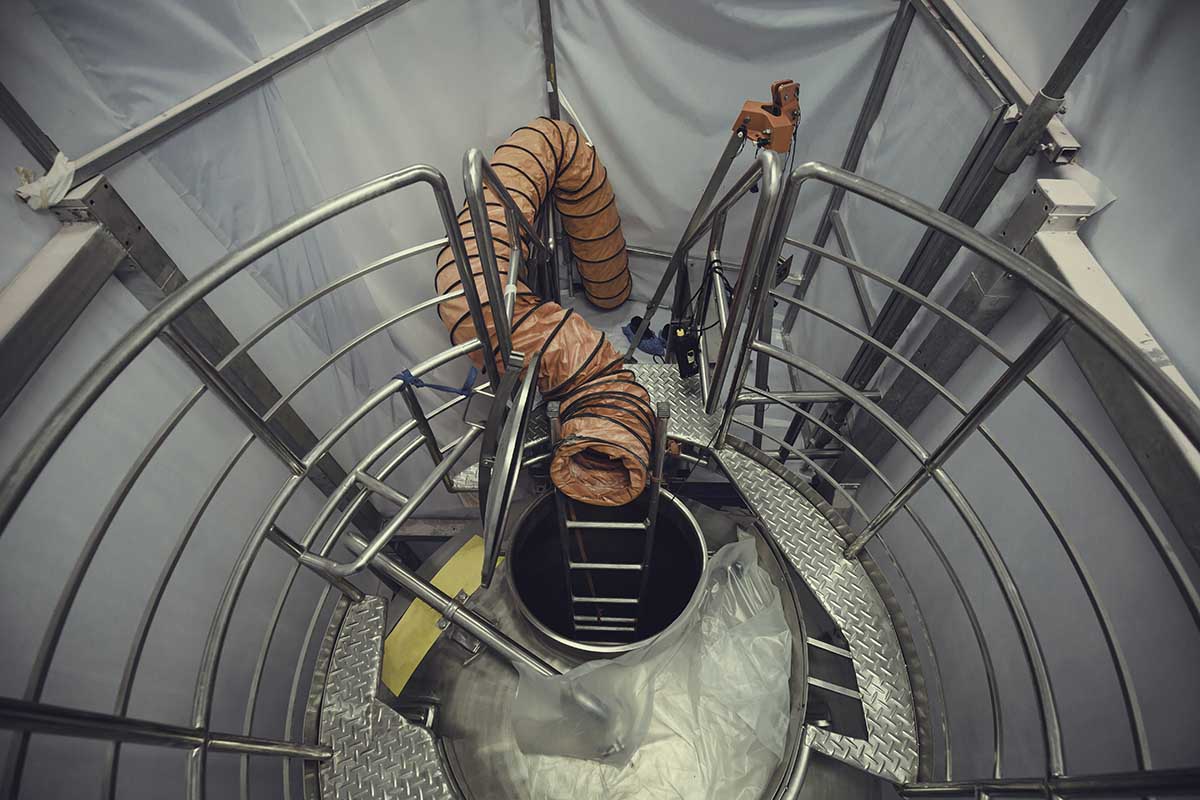How To Save Energy In Your Business
We spend a lot of time making our homes more energy-efficient, but what about our businesses? It is obvious that businesses need to be much more energy-efficient than houses as they operate on a larger scale and have bigger energy consumption.
It is crucial to have a warm environment to create comfort and increase the productivity of the employees throughout the day. For example, you can switch off the heating when the office is empty and give your employees an option to modify their closest located radiators to their preference.
With the help of WIfi, radiators can be controlled individually and remotely from anywhere. You might also get to turn off the radiators in the rooms that the employees are not using at the moment. All these actions will surely lead to the reduced energy consumption of your office heating. Even a relatively small business can use a lot of energy. Reducing your business’s energy consumption can have a number of benefits.
Firstly, there are obvious financial advantages to using less energy. Over time this can add up to a considerable saving on your running costs. Before making any work habit changes, you should first compare business energy quotes and get the best price possible for your electricity costs.
However, it’s not only the financial benefits that companies are seeking. Reducing the impact of a business on society is important to many business owners. It forms an important part of their company ethos and corporate social responsibility policy (CSR). If you are looking to reduce your energy costs and make your business more efficient, there are many ways to do this.
How To Save Energy: Assess Your Current Office, Equipment & Machinery
Every business is slightly different when it comes to the machines that keep it running or produce its products. Many have very simple requirements, with only basic office equipment, but others have much more complex setups.
Businesses in the manufacturing industry will have industrial machinery, generators, or an air compressor, which can be costly to replace. In this instance, planning a rolling replacement schedule for your machinery may be more practical than replacing everything with a newer, energy-efficient model.
If your equipment is less complex, then look to replace out-of-date, power-hungry models with newer, more energy-efficient ones. Many computers, monitors, and laptops are now designed to use less electricity to run.
If you own your own premises, have a survey conducted to see if you could potentially make any changes. This could include insulation, underfloor heating, or specialist windows that prevent heat loss.
If you don’t own your own premises, speak with the building owner to see if they are prepared to invest in the energy efficiency of their buildings. In many instances, you can apply for grants to improve the energy efficiency of your building.
How to save energy? These vary by state. When it comes to replacing equipment, you are going to have to make a financial investment upfront before you can start realizing the benefits, but it will be a sound investment.
Change To A Renewable Energy Supplier
There are many renewable energy suppliers entering the marketplace now, offering good pricing on their renewable energy provision. Companies such as Clear Loop or Eco Wave can provide 100% of your needs without the need for fossil fuels or natural gas. This is one of the most impactful things you can do to reduce your carbon footprint. Some states even offer incentives to sign up with renewable energy providers.
Change Your Employee’s Behaviour
Eco-consciousness should be promoted to the entire business. Employees should always be mindful of when they are unnecessarily using resources and what they can do to reduce this. These are often very simple things that should have a huge impact on their day to day work:
Printing only when necessary – the cloud has made document storage and back extremely reliable.
The need for physical copies of documents has all but disappeared in many offices. Many people still print out of habit or feel like they need to have a printed document to refer to in meetings etc. You can get around this by providing people with tablets that they can access documents on rather than printing them out every time.
Turning off lights/equipment when not in use – people get into the habit of leaving lights on in the office on an evening or not turning off the photocopier.
Reminding employees of their role in helping to reduce energy use is important. Ensure that it is a part of any onboarding training for new employees.
Set Your Office Thermostat & Timer
There’s no point in heating an empty office. Many people forget about turning the heating off as the controls are usually hidden away out of sight in a service cupboard or mounted on a wall. Set your thermostat and timer to come on shortly before people arrive at work and switch off as they are leaving.
Check your thermostat temperatures seasonally so that you’re not heating the office in summer. Additionally, you may want the heating to come on periodically during very cold weather in order to prevent your pipes from freezing, which could cause a lot of damage and cost a lot of money to fix.
Program Your Office Lighting
Similarly to your heating timer, set your lights to turn off in the evenings and weekends so that you’re not wasting electricity on empty buildings.
Have Your IT Department Implement Power Saving Schedules
How many people completely switch off their PCs and monitors completely before they go home in the evening? A computer and monitor on standby don’t take up a huge amount of power if your building has hundreds of pieces of equipment, all drawing power, then that’s going to add up.
Use Energy Efficient Lighting
For those darker days, when you need artificial lights, make them as energy-efficient as possible. Replace the bulbs and light strips. This is one of the simplest things you can do. The less energy you use, the less your energy bills will be. Depending on the layout of the office, try and utilize natural light as much as possible.
Be Smart With Air Conditioning
Some buildings have air conditioning switched on 24/7/365. Don’t pay to air-condition an empty building. Set the timer and thermostat, so you aren’t using power unnecessarily. When you are running the air-con, don’t open the windows, or you’ll be wasting money trying to condition the outside of your building.
How to Save Energy: Attract Customers & Employees
In today’s competitive marketplace, you need every edge you can get. With more and more consumers and companies focussing on their CSR, they want to do business with others who feel the same. Your forward-thinking environmental policy could make a difference.
You can use your ethical credentials to present yourself as an employer of choice to potential employees. A study conducted in the UK showed that 70% of millennials would choose a company with stronger ethical policies, even if it paid less. With competition for top talent at an all-time high, it can’t hurt to have one more plus point on your list to attract employees.
Encourage Employees To Get Involved With Initiatives
Often, initiatives and policies in companies are created by senior management. The rest of the company finds out via an email or memo or a series of signs pinned up around the building. This is a very top-down approach and can have mixed results. Why not get your employees involved in every step?
Chances are there are people you employ who are interested in the environment, or in taking on more responsibility. Challenge them to find ways to improve your environmental and energy policies. By allowing your employees a say in other areas, you are building up employee engagement and making it more likely that policies will be followed as employees will feel as if they have ownership of them.
How To Save Energy: Conclusion
Whatever your reason to learn how to save energy, cutting your company’s energy consumption can have a number of benefits financially, ethically, and from a public relations perspective. A carefully thought out environmental policy can form a wider CSR policy that can attract clients and potential employees. Many of the changes you can make are fairly simple and, by themselves, won’t make a huge amount of difference. Taken together, they will have a substantial impact on your business.
























